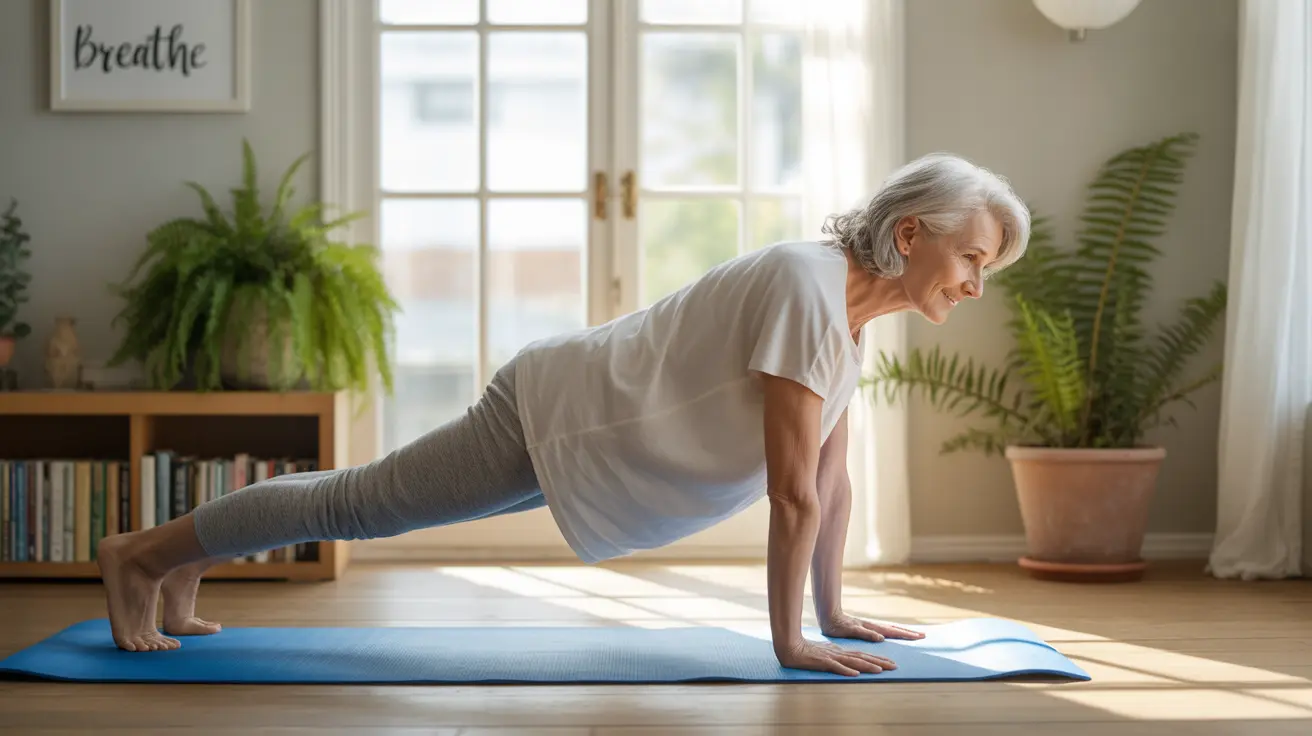As we age, maintaining good posture becomes increasingly important for both our physical health and quality of life. Stooping, or developing a hunched posture, is a common concern among older adults that can impact mobility, confidence, and overall well-being. Understanding how to prevent stooping in old age through targeted exercises, lifestyle modifications, and proper body mechanics can help you maintain an upright, healthy posture throughout your golden years.
Understanding Age-Related Posture Changes
Age-related postural changes often occur gradually due to muscle weakness, decreased bone density, and degenerative conditions affecting the spine. However, these changes aren't inevitable. By taking proactive steps to maintain strong muscles and healthy bones, you can significantly reduce your risk of developing a stooped posture.
Essential Exercises for Posture Maintenance
Core Strengthening Exercises
A strong core provides the foundation for good posture. Focus on exercises that target your deep abdominal muscles, such as:
- Gentle planks
- Bird dog poses
- Pelvic tilts
- Modified bridges
Back-Strengthening Movements
Strong back muscles are crucial for maintaining an upright position. Include these exercises in your routine:
- Wall stands
- Seated rows
- Superman holds
- Gentle back extensions
Daily Habits for Better Posture
Simple lifestyle adjustments can make a significant difference in preventing stooped posture:
- Practice mindful walking with shoulders back
- Take regular breaks from sitting
- Use proper lifting techniques
- Sleep on a supportive mattress
- Stand tall when walking or standing still
Ergonomic Considerations
Creating an ergonomic environment is essential for maintaining good posture throughout the day. Pay attention to:
- Computer screen height at eye level
- Chair support for lower back
- Proper desk height
- Foot support when seated
- Regular position changes
Nutritional Support for Bone Health
Proper nutrition plays a vital role in maintaining strong bones and preventing posture problems:
- Adequate calcium intake
- Vitamin D supplementation
- Protein-rich foods
- Anti-inflammatory nutrients
- Sufficient hydration
Frequently Asked Questions
What are the best exercises to prevent stooping and improve posture in old age?
The most effective exercises include gentle planks, wall stands, bird dog poses, and modified bridges. These exercises focus on strengthening the core and back muscles while maintaining proper alignment. Start slowly and gradually increase intensity under professional guidance.
How can strengthening core and back muscles help reduce stooping in older adults?
Strong core and back muscles provide essential support for the spine, helping maintain proper alignment and preventing forward slouching. These muscle groups work together to create a natural "corset" that supports upright posture and reduces the risk of developing a stooped position.
What daily habits can I change to avoid developing a stooped posture as I age?
Key habits include maintaining awareness of your posture throughout the day, taking regular movement breaks, practicing proper sitting and standing positions, and engaging in regular physical activity. Additionally, avoid prolonged periods of looking down at phones or tablets.
Is it important to adjust my workstation setup to prevent stooping in old age?
Yes, proper ergonomic setup is crucial. Ensure your computer screen is at eye level, use a chair with good lumbar support, and maintain proper desk height. These adjustments help prevent forward head posture and reduce strain on your back and neck muscles.
Can a healthy diet and vitamin D help maintain good posture and prevent stooping?
Yes, proper nutrition is essential for maintaining bone health and muscle strength. Adequate calcium and vitamin D intake helps prevent bone loss, while protein supports muscle maintenance. A balanced diet rich in these nutrients, combined with regular exercise, can help maintain better posture as you age.




